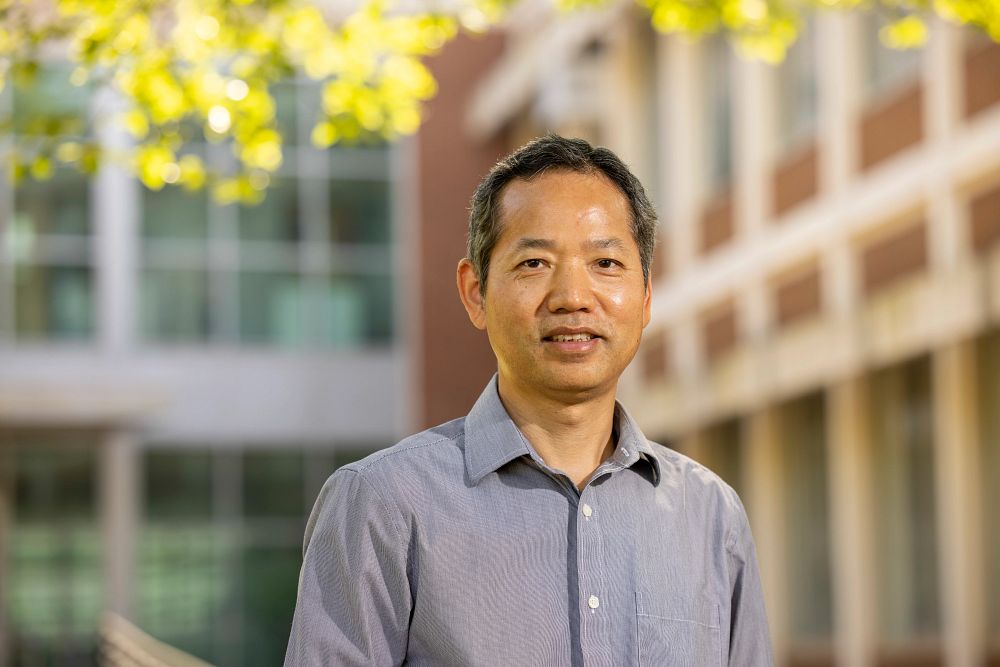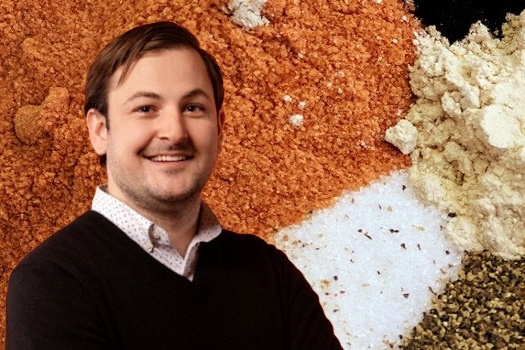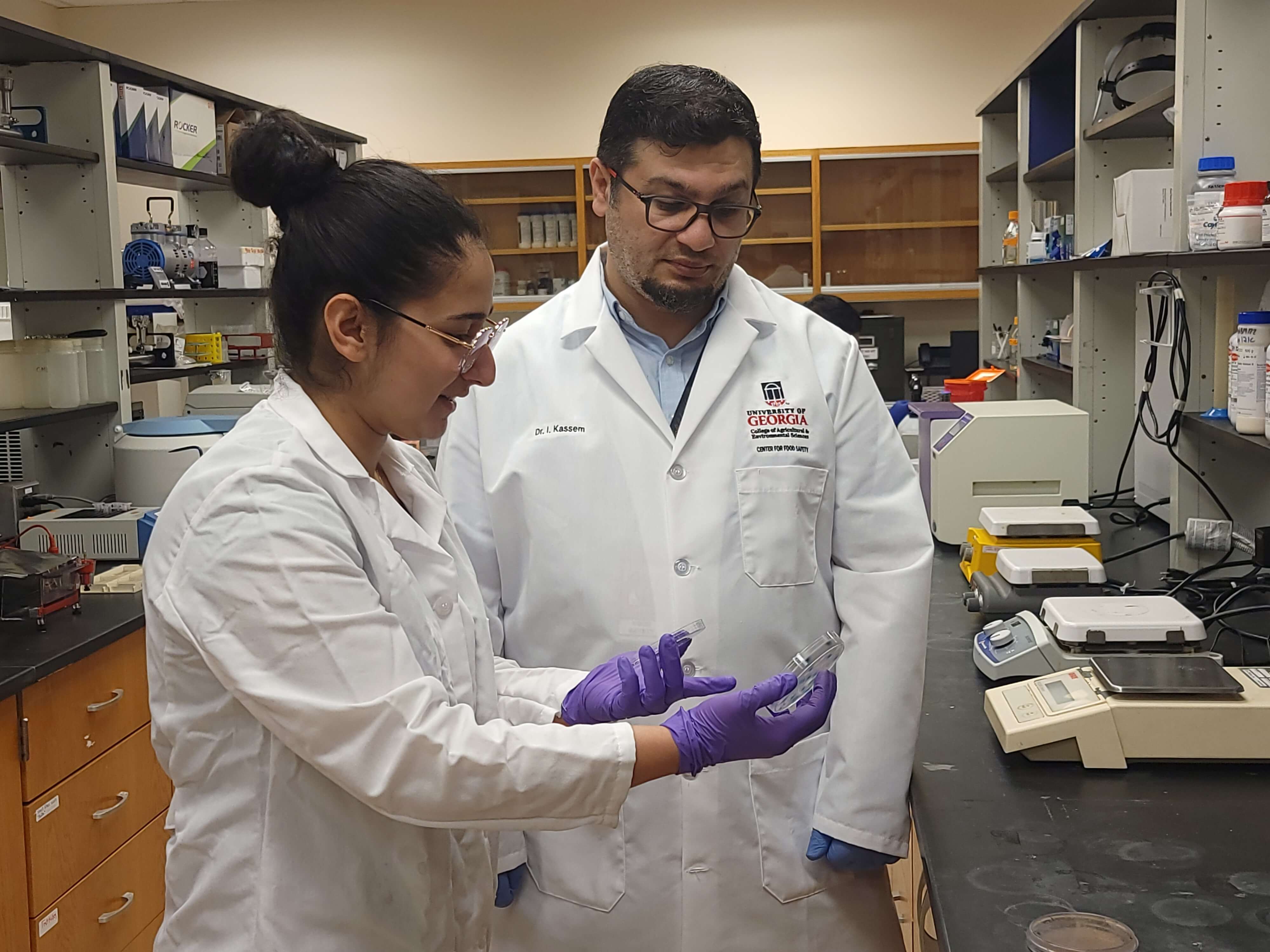Georgia’s 2013 budget includes $3.5 million to construct a long-awaited facility where University of Georgia food scientists in Griffin, Ga., will help businesses launch new food products and processes.
The UGA College of Agricultural and Environmental Sciences and the Griffin-Spalding County Development Authority have been seeking funds for the project since 2005. The university and the authority will each add $1 million to the construction fund.
Food PIC building
The funds will be combined to construct a dedicated Food Product Innovation and Commercialization building on the UGA campus in Griffin, Ga. Food PIC is a partnership between small-food-business entrepreneurs, the UGA College of Agricultural and Environmental Sciences and the Griffin-Spalding County community.
“We work directly with food companies and entrepreneurs to develop new products and processes, to improve their profitability and to create jobs in Georgia,” said Dick Phillips, the UGA food scientist who leads the Food PIC project.
Phillips and his colleagues currently work under tight conditions and have even had to keep some of their equipment in storage due to lack of space.
“The new building will house a pilot plant and laboratory spaces for cold temperature work, wet processing and dry processing, as well as quality control labs,” he said. “It will supplement but not replace existing laboratories in the (food science building) on the Griffin campus.”
Only one in Southeast
The Food PIC project at UGA will be the only one of its kind in the Southeast and was created in response to the high failure rate — 80 percent — of new food products, Phillips said.
Rakesh Singh, head of the UGA Department of Food Science and Technology, said the new facility would give food companies a stronger start.
"Small companies can come to Griffin and establish their businesses in-house with support from UGA faculty," Singh said. "(Then they would) reach a stage where they would be ready to open their own businesses or expand existing product lines."
At the Food PIC facility, new business owners will be guided in product development, packaging, food safety, consumer acceptance and marketing, Singh said.
The Food PIC staff includes engineers, chemists, microbiologists, consumer sensory scientists and research chefs both from within the university and private industry.
Experts from several areas assist
“We also work with specialists in other disciplines including economists in the UGA Center of Agribusiness and Economic Development,” Phillips said. “We also work closely with the Georgia Center for Innovation for Agribusiness who match the direct costs of approved projects up to 50 percent.”
Singh saw a similar project to fruition while working at Purdue University. Programs like Food PIC help smaller companies, farmers and entrepreneurs produce niche products, offer customized services and target specialty markets.
For years, Singh said, Georgia farmers have grown and sold bulk commodities. Then a processor converts their crops into high-value products and reaps the profits.
"The Food PIC program and the incubator facility would help Georgia farmers take advantage of niche markets the megacompanies can't serve efficiently," Singh said. "Our growers ought to produce niche products and not bulk commodities. They can't compete with megacompanies in selling what those large companies sell globally."
Helping companies in U.S. and abroad
UGA Food PIC projects include finding ways to isolate natural antioxidants and antimicrobials from Georgia blueberries and muscadines, Phillips said.
“We are currently proposing to extend that work as well as to assist Georgia-based makers of confections, sauces and ethnic food products,” Phillips said. “We have investigated improved drying technologies for Georgia’s rabbiteye blueberries and are assisting an entrepreneur in making frozen desserts using Georgia fruits.”
Food PIC scientists have also helped international companies develop new products, like a grain-based milk alternative the staff developed with a Belgium company.
In addition to gaining funding for a new building, the Food PIC Center recently added more technical help to its staff and will soon hire a project manager.
“We hope to also add additional faculty positions to replace retiring members, so we can sustain and expand our program,” said Phillips who is retired from UGA and currently working under a hire-back program.
For more on the Food PIC, see the project’s website at www.caes.uga.edu/center/foodpic/.









